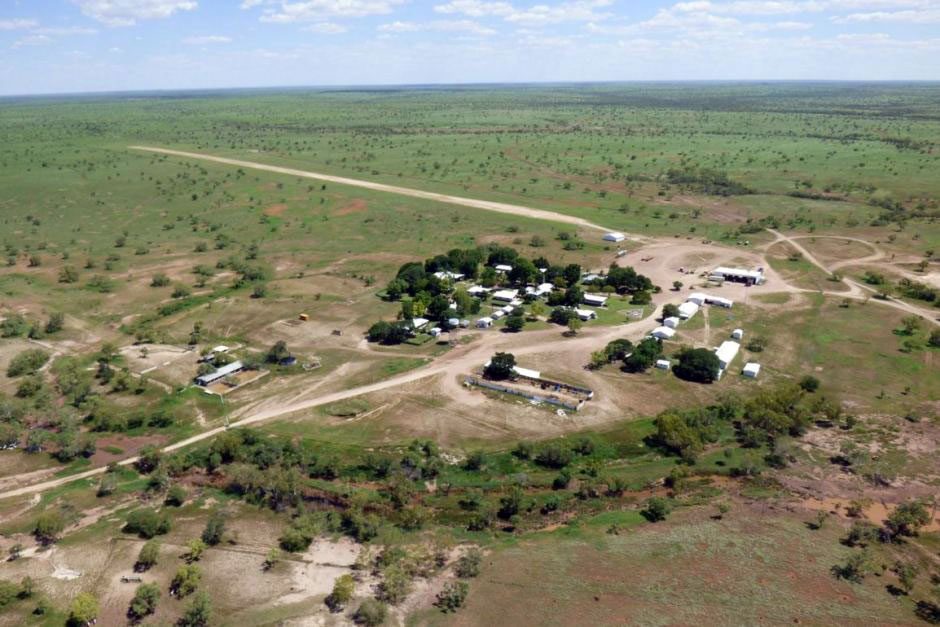This article is from the Australian Property Journal archive
THE Wave Hill and Cattle Creek Stations property, encompassing 1.25 million hectares in the Northern Territory’s Victoria River District, has sold for $104 million to a syndicate featuring South Australia’s Jumbuck Pastoral Co.
The deal includes about 40,000 head of cattle. The stations, run as a single entity, usually run about 57,000 Brahman and Brahman cross cattle but dry conditions during 2020 cut that figure.
Three city-based “silent partner” investors are also among the new owning syndicate, reportedly making their first beef investment. It will operate under as Wave Hill Holdings Pty Ltd, and also involves Jumbuck partners Callum and Jock MacLachlan, and parent company Commonwealth Hill Pty Ltd.
Adelaide-based Jumbuck spent $35 million seven years ago acquiring the 540,000 hectare Killarney Station. It operates 11 cattle and sheep properties across the Northern Territory, South Australia, Western Australia and New South Wales.
Established in 1883, Wave Hill had only three previous owners over its nearly 140 years before this week’s deal. The vendor, Western Grazing’s Brian Oxenford, acquired the property in 1992 from Vesteys. Explorer and bushman Nat Buchanan established the property, which was picked up by English company Union Cold Storage Co, part of the Vestey Group, in 1914.
Wave Hill has basalt plains and Mitchell grass, and is watered by 76 bores. Its managers Gavin Miller and his wife Narelle will stay on.
The new owners told Beef Central they would lightly stock paddocks this year at about 35,000 head to allow for recovery following improved rain levels over December and January. They hope to bring capacity back to between 55,000 and 60,000 head over the next 10 years.
Bentleys Brisbane managed the expressions of interest campaign.
Wave Hill is best-known for the Wave Hill walk-off, a strike by indigenous workers seeking not just better pay and conditions but also the return of traditional lands of the Gurindji people. About 200 Gurindji stockmen, house servants and their families began the strike in 1966. In 1975 – and just seven days before the strike’s nine-year anniversary – Gough Whitlam’s Labor government negotiated with Vesteys to give back some of the land on a 30-year pastoral lease.
The strike played a major role in the passing of the Aboriginal Land Rights (Northern Territory) Act 1976 by the subsequent Malcolm Fraser-led coalition government, and for Aboriginal land rights in Australia more broadly.




